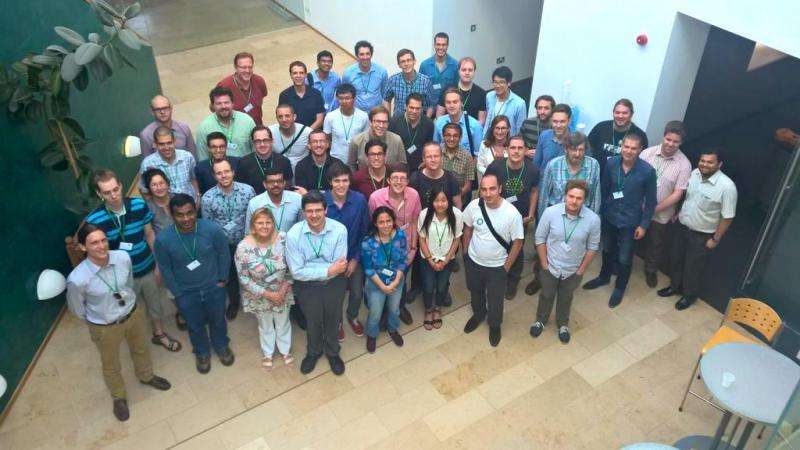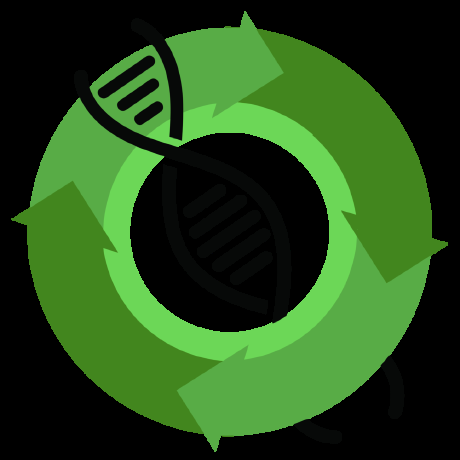Changing the biological data visualization world

Scientists at TGAC, alongside European partners, have created a cutting-edge, open source community for the lifesciences. BioJavaScript (BioJS) is a free, accessible software library that develops visualization tools for different types of biological data. Data visualization allows researchers to present their data to communicate key scientific hypotheses and concepts to a wider audience. Helping us to understand complex biological systems in relation to improving plant, animal and human health.
Drawing upon reusable components to visualise and analyse biological data on the web, BioJS data is freely available to users and developers where they can modify, extend and redistribute the software with few restrictions, at no cost. With a vision for 'every online biological dataset in the world should be visualised with BioJS tools', the community hopes to achieve the largest, most comprehensive repository of JavaScript tools to visualise online biological data, available for all.
Existing open-source biological data repositories are littered with abandoned projects that have failed to gain the support needed to continue on past the initial funding and enthusiasm. Therefore, with BioJS, buy-in from the lifesciences community is critical; to present such a suite of tools capable of displaying biological data requires expertise and capacity that is beyond working in isolated groups.
BioJS was initially developed in 2013 through a collaboration between TGAC and the European Bioinformatics Institute (EMBL-EBI). Starting off as a small set of individual graphical components in a bespoke register, it has evolved to a suite of over a 100 data visualisation tools with a combined download of near to 185k. A community of 41 code contributors spread across four continents, a Google Group forum with more than 150 members, and 15 published papers with multiple citations.

BioJS has been designed so that potential contributors face a limited amount of technical requirements. The user needs to know JavaScript but are not required to understand the core system. Users can work on multiple projects at once, allowing the user to work independently in creating their own data visualisation components.
To promote the project, TGAC recently held the first BioJS conference as an open event to potential developers and users of the online data repository. Followed by a hackathon to allow participants to integrate the toolset into the larger Galaxy network, an open, web-based platform for data intensive biological research.
Manuel Corpas, BioJS community lead and Project Leader at TGAC, said: BioJS has become a robust international project within a short period of time by fostering the right skills and technical expertise to develop the community. Contributors are rewarded to ensure members are motivated and to increase our impact.
"Time spent on promoting, evangelising and networking is one of the most fruitful investments in the BioJS community. We believe that BioJS will set an example for other to have the confidence to build their own similarly robust open source projects and communities."
The paper titled, "Cutting edge: Anatomy of BioJS, an open source community for the life sciences" is published in eLife.
TGAC is strategically funded by BBSRC and operates a National Capability to promote the application of genomics and bioinformatics to advance bioscience research and innovation.
Journal information: eLife
Provided by The Genome Analysis Centre




















